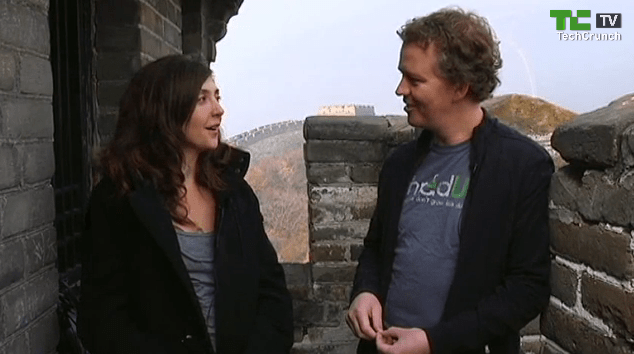With over 20% of Internet users (approximately 350 million uniques a month) and 20 billion page views per month passing through his network since its launch at TechCrunch Disrupt SF in September, Matthew Prince — CEO of website protection service CloudFlare — might know a thing or two about the Internet.
Therefore we took some time to chat with him on camera during our recent trip to Beijing, when a bus conversation about how exactly China’s Internet censorship worked (like, why were we able to access Facebook and Twitter on our phones’ 3G networks but not via the web?) got way too interesting to limit to just our small group.
Prince explained the Internet censorship issue is more bureaucratically and technically complicated than one night think, with 31 regional governments each controlling the restriction policy for their respective areas; “There are different rules and regulations from province to province, so something that might be controversial in one province might be extremely good news [in another].”
He also explained that some of the site blockages could be the result of technical issues rather than purposeful censorship, “In order to create a network where you can have restrictions you must have very narrow bottlenecks and it would just be technical reasons where those bottlenecks fill up.” Nobody really knows for sure, he went, as the Chinese government has never really formerly outlined what the exact policy is.
Prince’s ended the chat with some “Hang in there”-type advice to startups attempting to overcome the sometimes frustrating challenges of China’s changing Internet rules, “[You need] to really respect that this is a different market, we can’t come in and say ‘This is how it’s going to be done.’”
